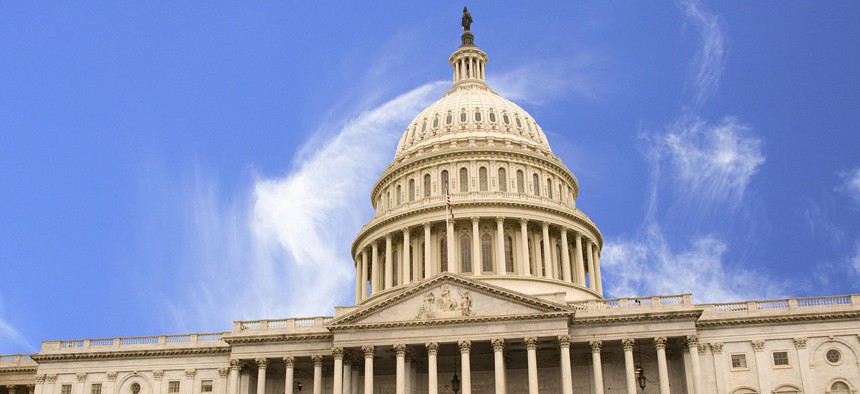I just mailed in my ballot for the midterm elections. It isn’t always easy to decide who to vote for among candidates seeking local, state and national office. And often there are other ballot measures to consider, such as amendments to your state constitution.
I found information about the candidates and ballot measures on the websites of my local county supervisor of elections and various news organizations. It was time-consuming, but a lot easier than the old days of gathering information by clipping newspaper articles and attending live events.
Federal employees, retirees and survivor annuitants have items of particular interest when deciding on candidates for seats in Congress. After all, the federal laws these legislators write govern their retirement and insurance benefits.
I’ve written in past columns about pending legislation and the fact that many proposals to cut benefits that draw headlines never become law. Much of the success of maintaining your hard-earned and well-deserved retirement and insurance benefits is due to the efforts of federal employees and retirees who write to their elected representatives, join organizations that have a voice in Congress and, of course, vote.
One group that advocates for federal benefits is the National Active and Retired Federal Employees Association. NARFE has an advocacy department that is very active on Capitol Hill. And NARFE members work at the national, state and local levels to help ensure that the concerns of federal employees and retirees are heard.
The annual NARFE scorecard of congressional actions outlines the group’s position on key votes. For example, last year the group opposed the fiscal 2018 budget resolution in the House, which instructed the Oversight and Government Reform Committee to find at least $32 billion in savings over 10 years from mandatory spending.
“As the only substantial mandatory spending under OGR’s jurisdiction comes from federal retirement and health benefit programs, such instructions would target those programs,” NARFE noted. “The House Budget Committee report on the resolution outlines specific policies to achieve its proposed savings, including:
- Increasing retirement contributions for current federal employees
- Limiting the rate of return on the Thrift Savings Plan Government Securities fund
- Limiting the government’s portion of Federal Employees Health Benefits premiums
- Ending the Federal Employees Retirement System annuity supplement, and
- Increasing the postal employee share of [Federal Employees Health Benefits Program] contributions.”
According to Office of Personnel Management data compiled by NARFE, as of fiscal 2017, there were more than 5 million federal employees and annuitants. Of those, 1.8 million are current employees and 2.1 million are employee annuitants.
That’s a substantial voting bloc. So if you’re concerned about your future retirement and insurance benefits (not to mention other pressing national and local issues), then it’s important to get out and vote. If you haven’t already done so, you may want to spend a little time this weekend exploring the candidates and issues on your ballot so you can make informed decisions.
NEXT STORY: TSP Portfolios Took a Nosedive in October








